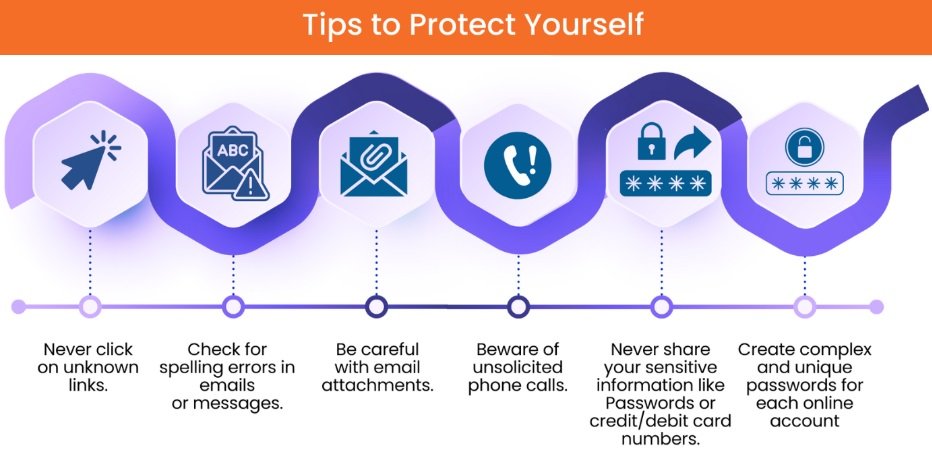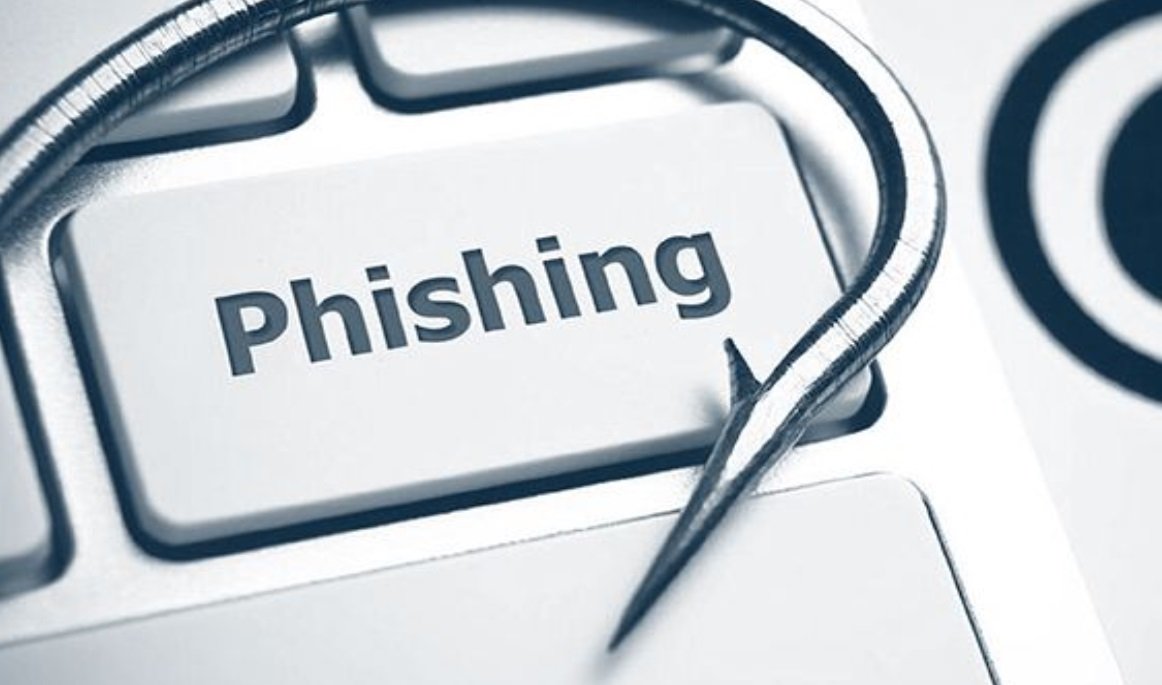Protect Yourself from Phishing Attacks – Tips and Best Practices
What is Phishing?
Phishing is a fraudulent practice where cybercriminals attempt to deceive individuals into providing sensitive information such as passwords, credit card numbers, or social security numbers. These criminals often disguise themselves as trustworthy entities, such as banks, online retailers, or government agencies, in order to trick unsuspecting victims.
Phishing attacks can occur through various channels, including email, text messages, social media, and even phone calls. The ultimate goal of phishing is to gain unauthorized access to personal information, which can then be used for identity theft, financial fraud, or other malicious activities.
Tips to Protect Yourself from Phishing

1. Never Click on Unknown Links
One of the most common tactics used by phishers is to send emails or messages containing links that appear legitimate but actually redirect to malicious websites. These websites are designed to collect sensitive information or install malware on your device.
To protect yourself, it is important to never click on links from unknown or suspicious sources. Instead, hover your mouse over the link to see the actual URL it points to. If it looks suspicious or doesn’t match the expected website, do not click on it.
2. Check for Emails or Messages
Phishing emails and messages often contain spelling errors, grammatical mistakes, or other signs of poor quality. This is because cybercriminals may not have the same level of attention to detail as legitimate organizations.
Before taking any action, carefully read through emails or messages and look for any red flags. Pay attention to the sender’s email address, the content of the message, and any attachments or links included. If anything seems off or suspicious, it’s best to err on the side of caution and avoid interacting with the message.
3. Be Careful with Email Attachments
Attachments in phishing emails can be used to deliver malware or viruses to your device. These malicious files can compromise your security and privacy, allowing cybercriminals to gain unauthorized access to your personal information.
Always exercise caution when opening email attachments, even if they appear to be from a trusted source. If you weren’t expecting an attachment or if it seems suspicious in any way, avoid opening it. Instead, contact the sender directly to verify the legitimacy of the attachment.
4. Beware of Unsolicited Phone Calls
Phishers may also attempt to deceive individuals through unsolicited phone calls. They may pose as representatives from banks, government agencies, or well-known companies and try to trick you into revealing sensitive information.
If you receive an unexpected phone call asking for personal or financial information, be skeptical. Legitimate organizations typically do not request sensitive information over the phone. It’s always best to hang up and contact the organization directly using a verified phone number to verify the authenticity of the call.
5. Never Share Sensitive Information
One of the golden rules of online security is to never share sensitive information, such as passwords, credit/debit card numbers, or social security numbers, with anyone unless you are certain of their legitimacy.
Legitimate organizations will never ask you to provide sensitive information through email, text messages, or other unsecured channels. If you receive a request for such information, it is likely a phishing attempt. Always be cautious and protect your personal information.
6. Create Complex and Unique Passwords
Using weak or easily guessable passwords can make it easier for phishers to gain unauthorized access to your accounts. It is important to create complex and unique passwords for each online account you have.
A strong password typically includes a combination of upper and lowercase letters, numbers, and special characters. Avoid using common words or personal information that can be easily guessed. Additionally, consider using a password manager to securely store and generate unique passwords for each of your accounts.
Conclusion
Phishing attacks continue to be a significant threat in the digital age. By staying vigilant and following these tips, you can greatly reduce the risk of falling victim to phishing scams. Remember to never click on unknown links, carefully review emails and messages for red flags, be cautious with email attachments, beware of unsolicited phone calls, never share sensitive information, and create complex and unique passwords. By taking these precautions, you can better protect yourself and your personal information from phishing attacks.
